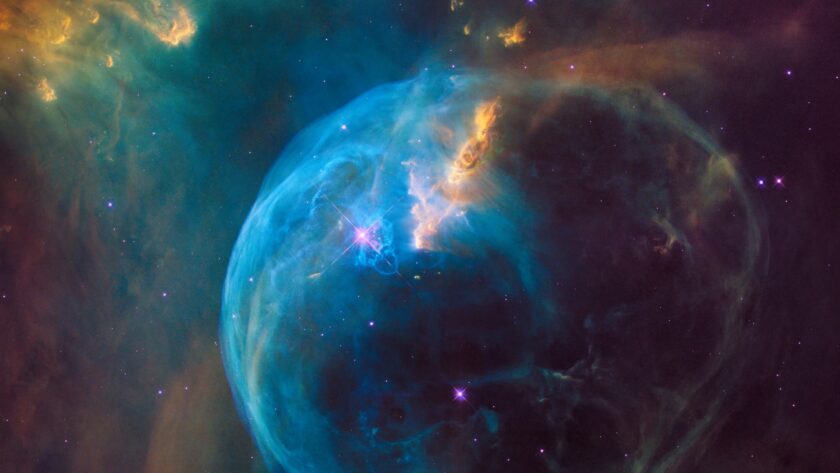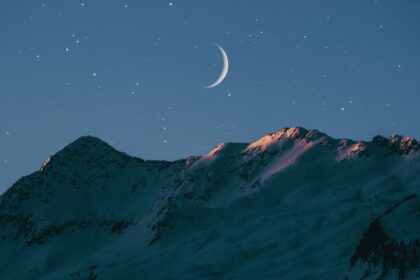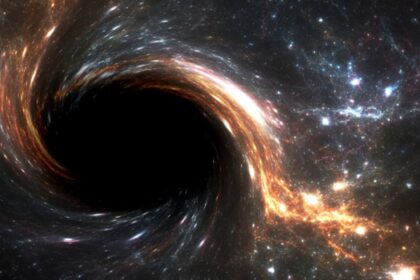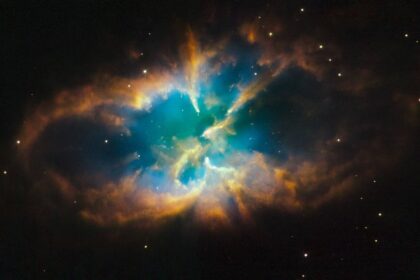Space is not just a relatively empty stretch of universe. It is a separate, unique world hidden beneath millions of mysteries and riddles that have yet to be unravelled by the main minds of humanity. Of course, outer space is not completely empty, because it contains oxygen (although in small doses), cosmic rays and electromagnetic radiation, hydrogen molecules and much more.
Let’s delve a little deeper into this topic and reveal some amazing facts about space that you didn’t even know about!
Eight planets is not the limit for the Solar System!
By far the solar system is considered to be the most studied part of outer space. Every textbook and book about space says there are only eight planets. But in reality, there are many more!
That’s because the official information doesn’t take into account the dwarf planets like Pluto, Ceres, Jaumea, Makemake and Erida. Apart from these planets, there are others. According to scientists, there may be as many as 2,000 of them! Since these planets are more distant from Earth, the possibility of studying them is much smaller.
Of particular interest to astrophysicists is the mysterious planet X, which is 10 times heavier than Earth and at least the size of Neptune. It is this planet that scientists classify as a possible 9th planet in our solar system. It was first talked about back in 2014, and in 2016, the first confirmation of its existence was obtained.
Graphite and diamond planet
Astronomers have discovered another mysterious planet in the constellation of Cancer. According to researchers at Yale University, it is twice as big and eight times as heavy as Earth. But most importantly, Janssen is composed almost entirely of graphite and diamonds. And the latter account for a third of its matter. Forbes has estimated the planet’s value at $26.9 nonillion. By cosmic standards, the giant diamond is not far from Earth – just 40 light years away. True, its surface temperature reaches 2,148,000 degrees. And the rotation speed is so high that one year there is equal to 18 Earth hours. Scientists have also recently discovered that one side of Janssen is in a molten state and is carbon lava.
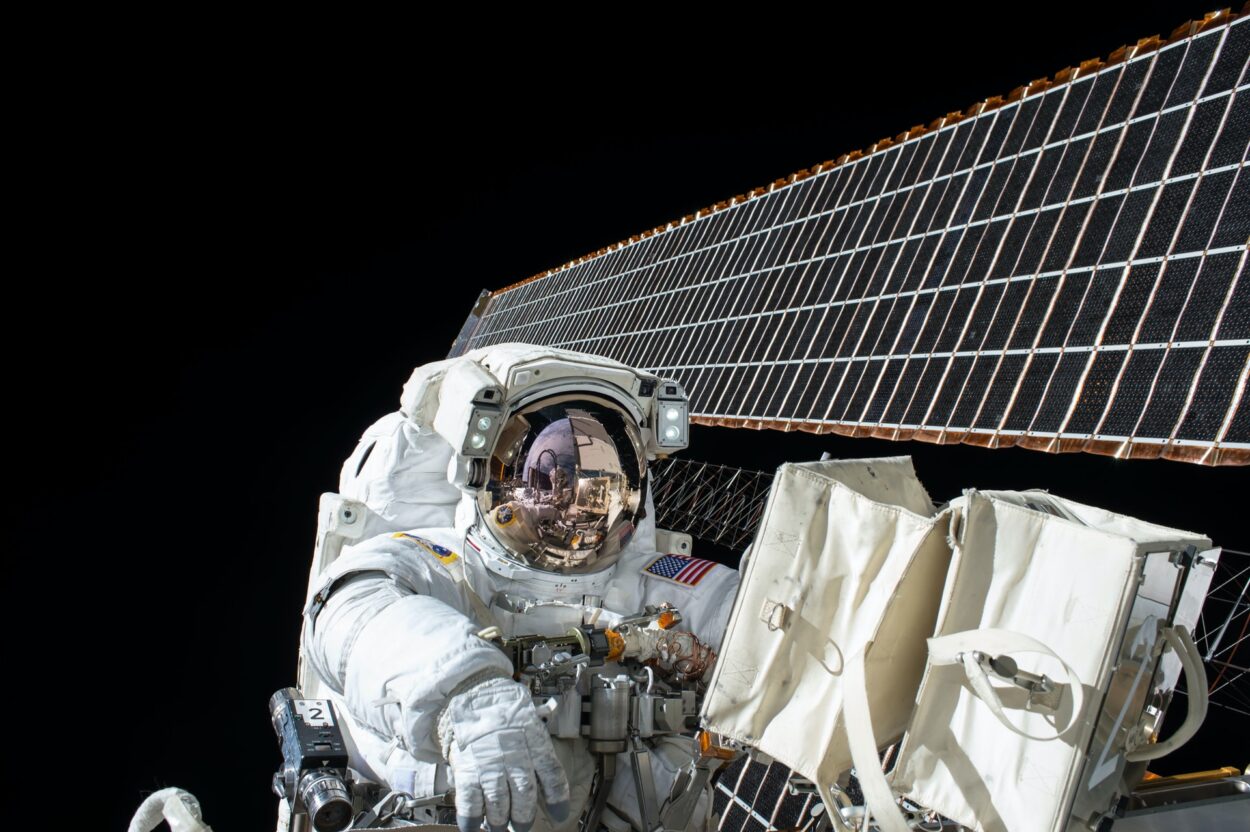
The Moon is essential for Earth’s marine life
If the Earth’s satellite were to disappear, there would probably be no global catastrophe. It was once the main source of light at night – people now know how to do without it. Still, some major changes will take place. For instance, many water sports will come to an end. The phases of the Moon will affect waves – passing over the surface of our planet it will ‘pull’ masses of water with it. Also, marine life, the life of which is directly related to the tides, will become extinct. Without a satellite, there would be no solar or lunar eclipses on Earth, and the tectonic plates would shift, causing earthquakes and volcanic eruptions. But most importantly, the planet’s climate will no longer be the same.
Fragments of Tunguska meteorite still missing
The most mysterious space alien of the 20th century is the Tunguska meteorite. It fell near the Siberian Tunguska River on the morning of 30 June 1908. On that day, the sky lit up in a bright glow, and the aerial explosion that followed destroyed a huge swath of forest and smashed windows out of houses within a radius of 200 km. However, no one has found any fragments of the meteorite, no traces of weapons of mass destruction, and no debris from the alien spacecraft. According to NASA experts, the diameter of the meteorite was 75 m, and the force of the explosion was equal to the power of a thermonuclear bomb. By the way, after the fall of the Chelyabinsk meteorite, scientists have found more than 100 fragments. The largest of them weighs almost 700 kg.
Silence reigns in space
The most silent place on our planet is the anechoic chamber at Orfield Laboratories, which absorbs up to 99.99% of sounds. But even there, you can’t hear complete silence. It would be disturbed by the workings of our lungs and circulatory system. Various studies and device tests are taking place in the laboratory today. And NASA specialists test future astronauts in such isolated spaces. There are no sounds in space because of the lack of air. So even powerful galactic explosions occur in complete silence. Working in such conditions is very difficult: just a few minutes in a sound vacuum causes panic attacks and severe auditory hallucinations in untrained people.
NASA spacesuit costs $22m
The space agency is short of space suits. Because of this, the first spacewalk by a team of female astronauts was even cancelled. It has been postponed and will take place in October 2019. NASA has invested more than $200 million in the development of new spacesuits. Despite this, according to a report by Inspector General Paul Martin, the agency has only 11 usable space suits at its disposal. They were developed in the late seventies, and their service life expired in the last century. Because of malfunctions in the obsolete cooling system of the spacesuits, moisture accumulates in the helmets of astronauts. According to NASA engineer Pablo de Leon, each such suit weighs more than 150kg and costs $22m.
The moon is leaving Earth’s orbit
The Moon is gradually drifting away from our planet. However, this is happening at a very slow rate of 38 mm a year. Researchers at the University of Wisconsin-Madison and Columbia University have calculated that 1.5 billion years ago, a day on Earth lasted about 18 hours. At the time, the Moon was 44,000 km closer to Earth than it is today. According to astrophysicists, the increased distance influenced the planet’s rotation around its axis, and with it, the climate and the length of the day. In a few billion years, the moon’s orbit would roughly double, and the day would stretch to 870 hours. Over time, however, they will stop moving away from each other and the satellite will start moving towards Earth again, experts predict.

